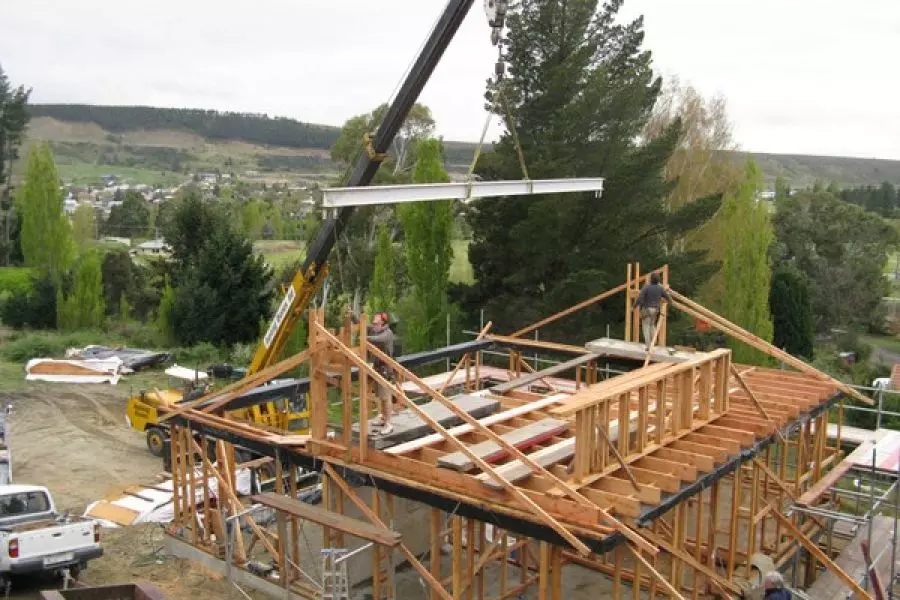Observing health & safety on site

Changes to New Zealand’s workplace health and safety legislation have been in the works since the Pike River Mine disaster back in 2010.
While workplace tragedies like Pike River attract widespread attention, per capita New Zealand has a comparatively high level of occupational injury generally.
In a bid to address this, updated legislation - in the form of the Health...






![[The Wrap] Bye Bye Bayly](https://goodreturns.publit.io/file/c_fill,w_900,h_600/39f23ac1-f7c7-4854-b700-a150004ebbac.webp)


